Why develop agave? Efficiently, these low-maintenance crops can add magnificence with their stunning foliage in each your indoor houseplant assortment and your exterior landscaping. Plus, most varieties will flower no less than as shortly as of their lifetime. Rising each indoors and open air has its execs and cons.
For rising indoors, you’ll wish to select small, compact varieties that do correctly in containers. You obtained’t want to provide any consideration to your rising zone or native local weather due to indoors, you would possibly create the becoming circumstances. Indoors, they like a shiny, sunny window and should dry out completely between waterings.
For rising agave open air, mature dimension doesn’t matter as slightly so much. Because you don’t should embody the crops in a pot, you would possibly select varieties with various mature sizes. Some can attain as so much as 10 toes tall and broad when grown open air. For out of doors crops, you’ll want to take into accounts your USDA rising zone and whether or not or not or not or not it’d get too chilly for these exterior crops to outlive.
Indoor Varieties
As talked about above, agave varieties that do correctly indoors embody small and compact varieties. These varieties could also be pint-sized, nonetheless they aren’t quick on magnificence. Every selection has its non-public distinctive foliage, and so they additionally’re totally fitted to life on a windowsill.
Agaves don’t require slightly so much by the use of care for a houseplant. Watering them too usually or fertilizing them would possibly set off them to die. For people who usually end up forgetting to water your houseplants, then agave is perhaps the plant for you!
When rising indoors, you could possibly select a container with a drainage gap, nonetheless ditch the saucer as you don’t should create any standing water. Overly moist soil could be detrimental. And whereas these varieties are good for indoors, you would possibly develop most of them open air, too!
Blue Glow
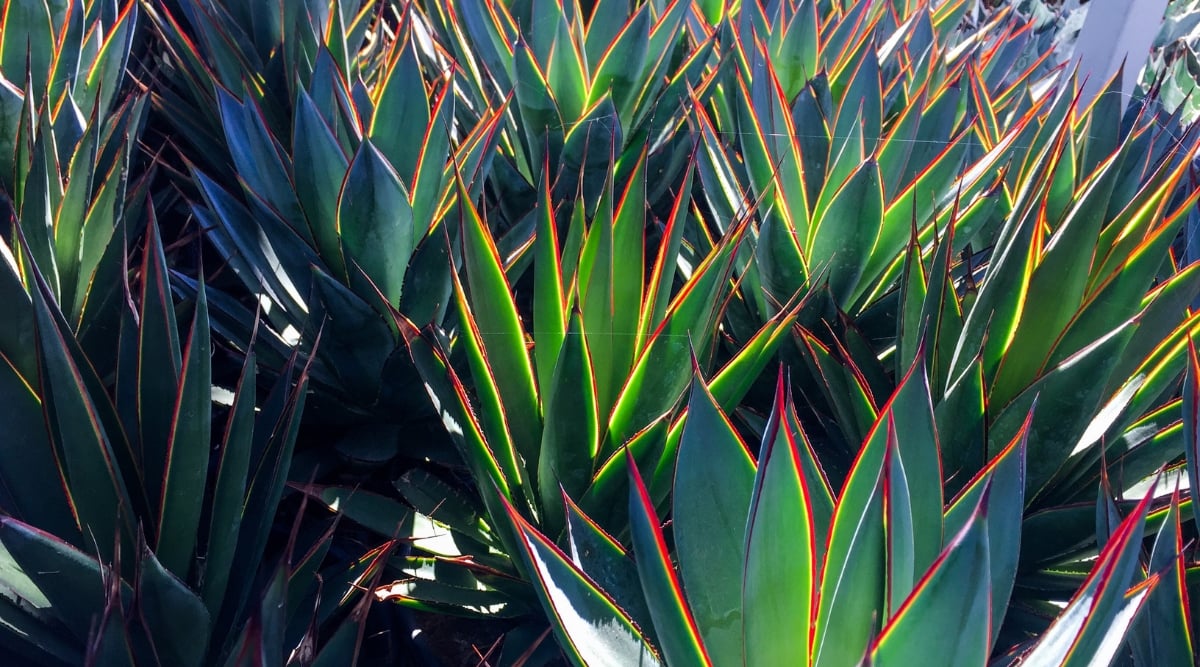

‘Blue Glow’ Agave is a comparatively new cultivar, which is a hybrid of Agave attenuata and Agave ocahui. And whereas it doesn’t resemble its father or mother crops, it does showcase stunning darkish blue-green leaves with yellow and purple margins. These margins seemingly glow when backlit by the picture voltaic, thus the title ‘Blue Glow’.
Full picture voltaic is most fascinating for this selection, nonetheless it’d furthermore care for dappled daylight. Its mature dimension is 2 to some toes tall and broad, which makes it good for rising in containers indoors.
Artichoke
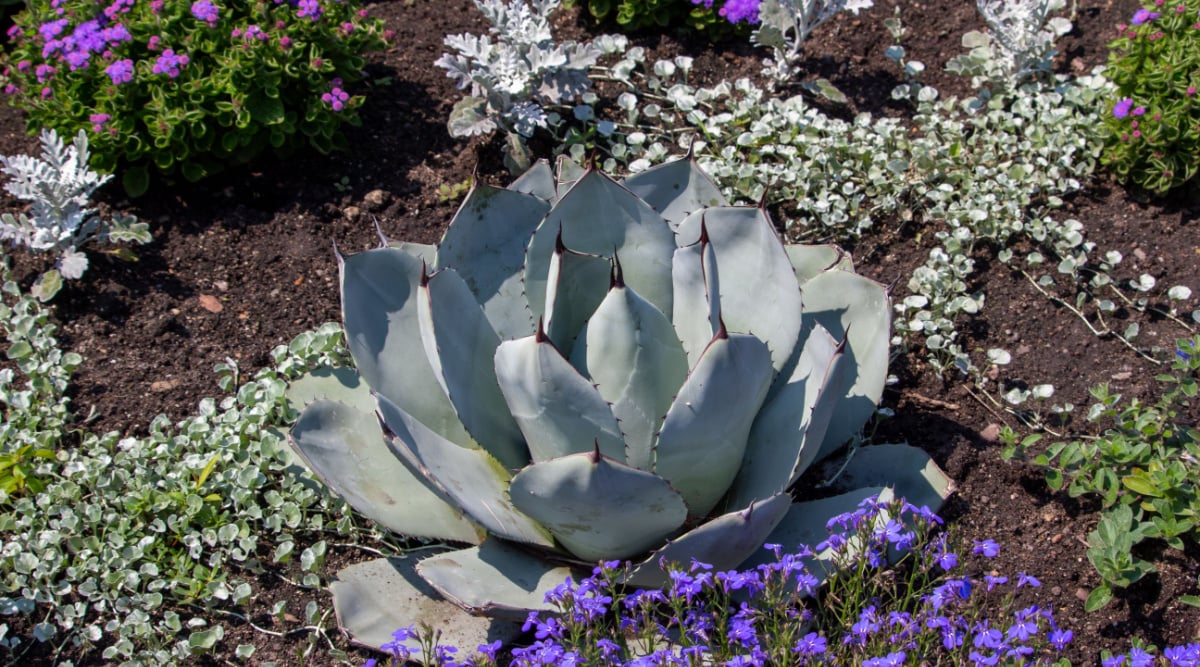

Agave parryi var. Truncata has broad, blue leaves with maroon spines that resemble an artichoke. Because of this reality the frequent title, artichoke agave. This selection is native to Central Mexico, which makes it terribly drought-tolerant and low-maintenance.
It does most fascinating in full picture voltaic, which could be geared up indoors through the use of mirrored daylight as correctly. Likelihood is you may create mirrored delicate through the use of foil, strategically positioned mirrors, or complement with indoor develop lights. Its mature dimension is two toes tall and three toes broad.
Twin Flowered
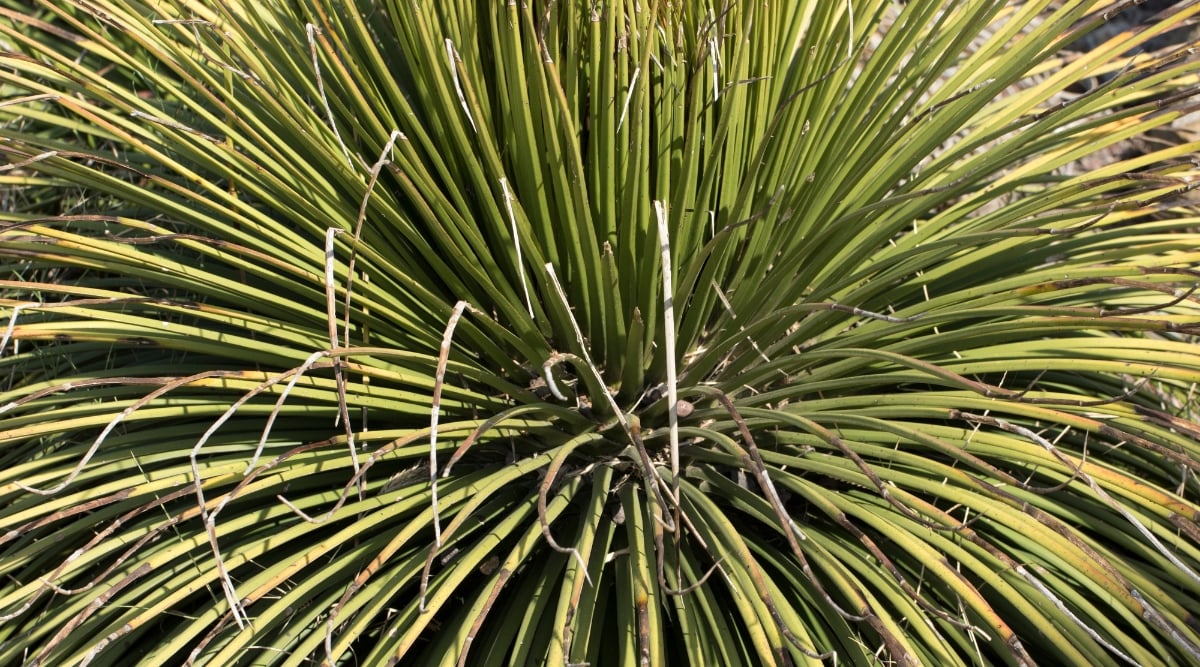

Agave geminiflora, or twin-flowered agave, has extended, slender leaves which set it aside from fully totally different agaves. The extended, skinny foliage resembles a pin cushion. Its look can add uniqueness to your indoor succulent assortment.
It does most fascinating in full picture voltaic, which, as talked about above, could be geared up indoors through the use of mirrored daylight as correctly. Its mature dimension is three toes tall and 4 toes broad.
Agave schidigera
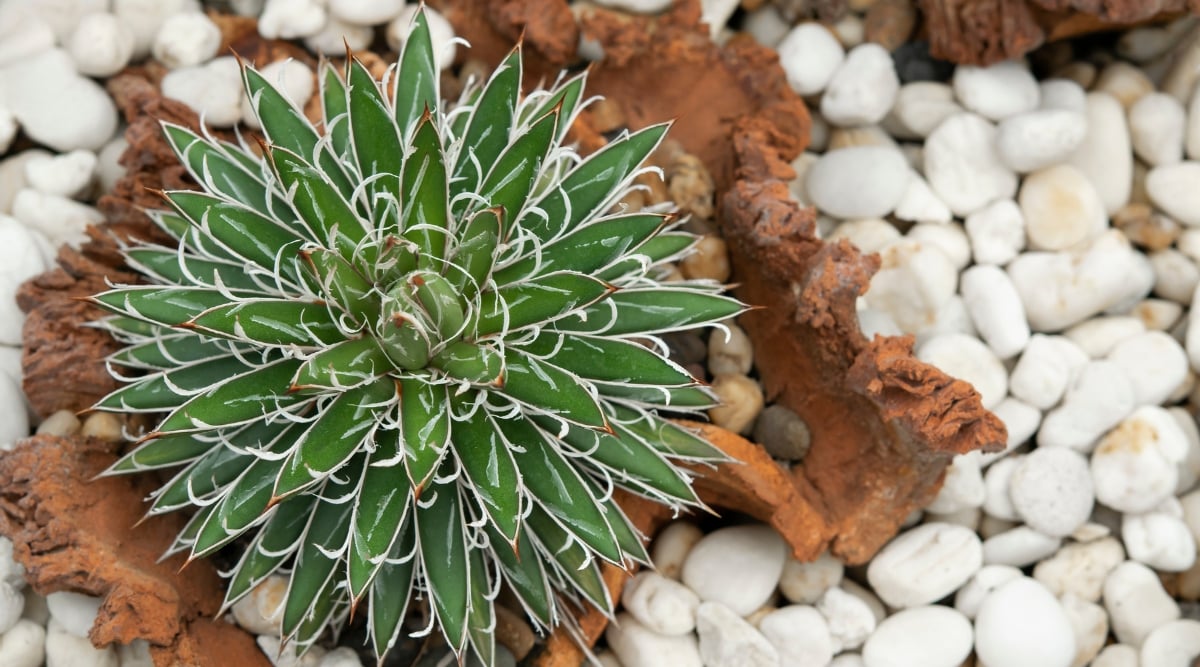

Agave schidigera has curly white fibers on every shiny inexperienced leaf. The white markings on the leaves improve the excellence of the inexperienced foliage. This selection is native to central Mexico.
It requires full picture voltaic or filtered afternoon shade. Its mature dimension is one foot tall and one to 2 toes broad.
King Ferdinand
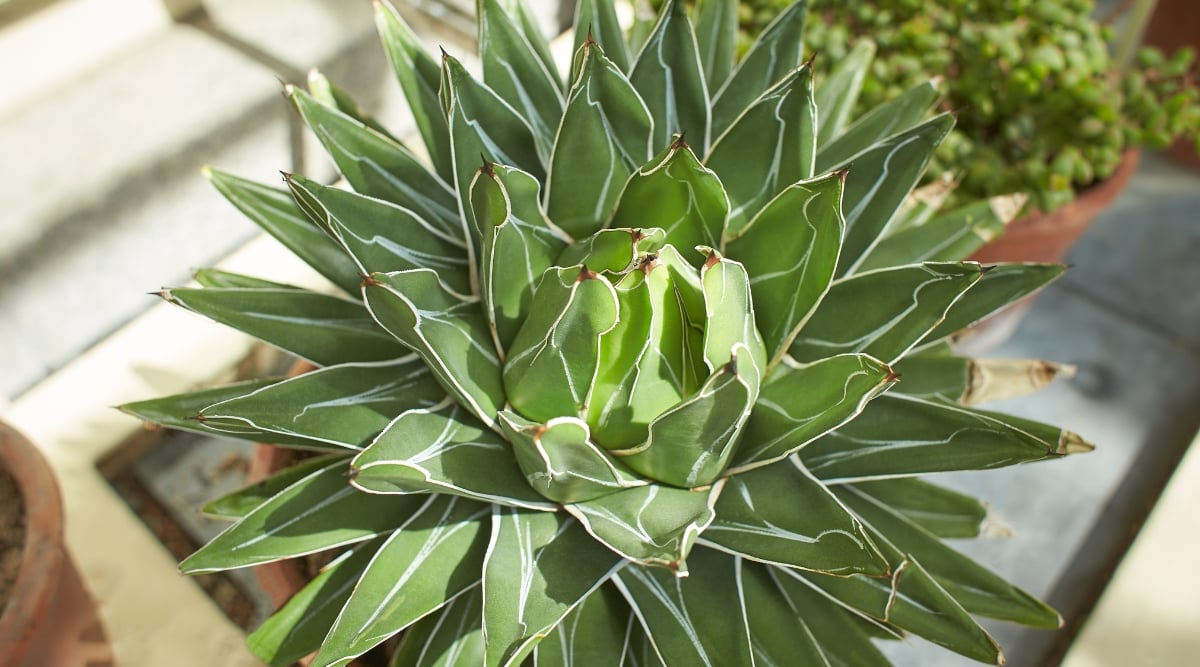

Agave Ferdinandi Regis bears a putting resemblance to ‘Queen Victoria’ Agave. Heaps in order that it was as shortly as thought that it was a naturally occurring hybrid of Agave victoriae-reginae, nonetheless it completely has since been acknowledged as its present selection.
Furthermore it is acknowledged usually as King of The Agaves. This selection has darkish inexperienced leaves, white margins, and sharp terminal concepts. It grows in an open rosette, which seems to be fairly in a container. It requires full picture voltaic and desires an notably sunny window when grown indoors. Its mature dimension is one to 2 toes tall and broad.
‘Compacta’ Queen Victoria


Agave victoriae-reginae ‘Compacta’ is a compact, container-friendly cultivar of Agave victoriae-reginae. It’s possible you’ll even see this selection at desert botanical gardens. It is among the many many most beautiful agaves.
It has darkish inexperienced leaves and vibrant white markings. Similar to the above-mentioned ‘King Ferdinand’, nonetheless with slightly extra distinction. It requires full picture voltaic, ideally a extraordinarily sunny window when grown indoors. Its mature dimension is lower than one foot tall and one to 2 toes broad.
Outside Varieties
When choosing an agave option to develop open air, you’ll want to take into accounts your USDA rising zone. Correct proper right here, we’ll embody that data with every selection so that you would possibly resolve if it’d develop open air in your own home. The rising zone signifies the widespread low temperature in your own home. That is important to know for multi-annual crops like agave since they will be spending the winter open air.
Agaves are native to the Southern United States, Central Mexico, the Caribbean, and parts of South America. For that motive, they develop most fascinating in Southwest and Mediterranean climates, nonetheless some are fairly chilly and hardy. To outlive the winter, like most agaves, they will want well-drained soil. Standing water in colder months would possibly set off harm and plant lack of life.
Golden Flowered Century Plant


Agave chrysantha may also be referred to as the golden flowered century plant. This evergreen agave selection varieties a terrific rosette made up of grey-green leaves. The sword-shaped leaves develop in a mound, giving it a pleasant spherical contour. The leaves are lined with spines alongside the perimeters and have a pointy terminal backbone.
It requires full picture voltaic and well-drained soil. It’s each drought and deer-resistant. Its mature dimension is 2 to some toes tall and 4 to 5 toes broad.
Harvard
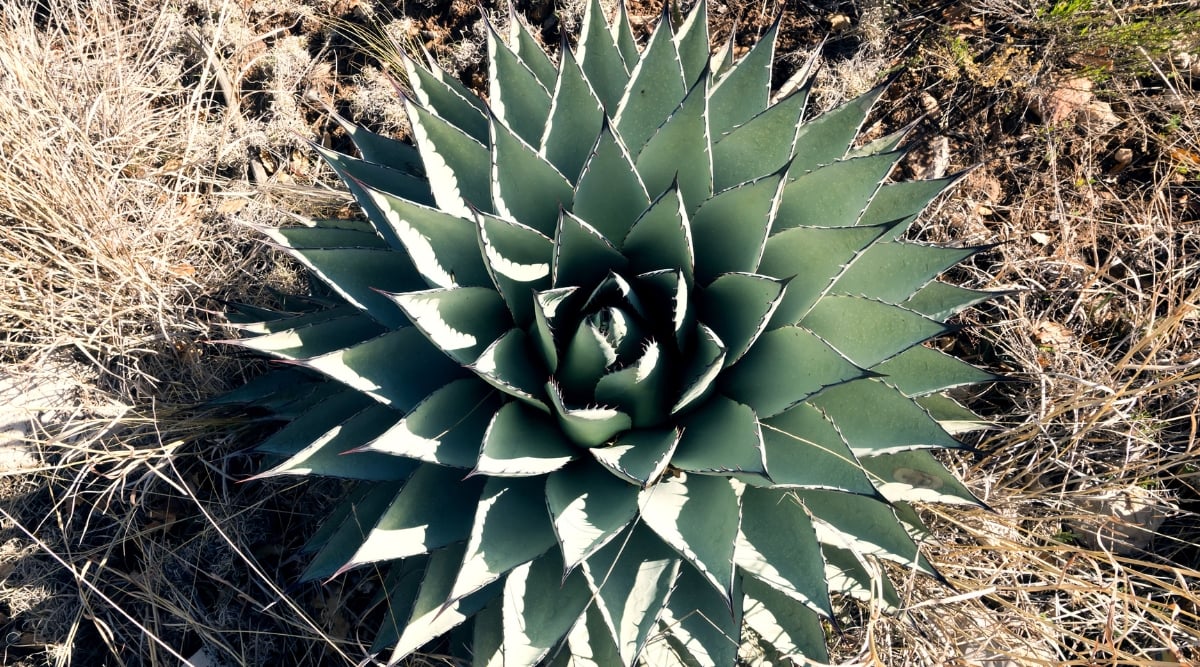

Agave havardiana may also be referred to as ‘Harvard’ agave. It has fairly silver-gray foliage with fleshy and broad, cupped leaves. The leaves are fastidiously lined with darkish brown enamel and topped with a extraordinarily sharp black terminal backbone.
This selection is terribly chilly hardy and could be flooring open air in USDA rising zones 5-10. It’d presumably stand up to temperatures as little as -20 ranges Fahrenheit (-29 ranges Celsius)! Though it’d care for the chilly, it requires a full-sun location, notably contained in the winter months. Defend that in concepts when deciding in your planting web site, because of the picture voltaic shall be decrease contained in the sky within the midst of the winter. It has a mature dimension of two to some toes tall and three to 4 toes broad.
Mountain Agave


Agave montana, or mountain agave, is one totally different selection that resembles an infinite artichoke. It has fleshy, broad, upright, apple-green leaves with large cinnamon-red enamel alongside the margins and a fast terminal backbone. This solitary agave doesn’t produce offshoots or pups as many alternative agaves do.
Mountain agave could be grown in USDA rising zones 7-10 and stand up to temperatures as little as 10 ranges Fahrenheit (-12 ranges Celsius). It’d presumably survive in full picture voltaic to partial shade circumstances. Its mature dimension is three to 4 toes tall and 4 to 5 toes broad.
Slim Leaf Century Plant
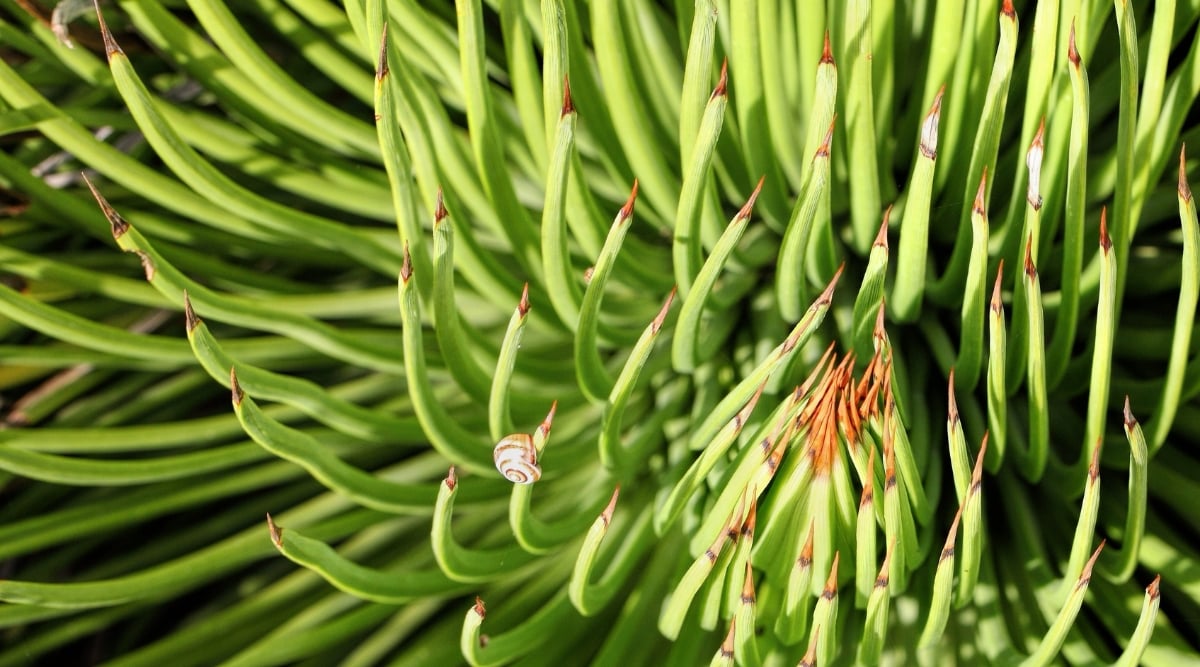

Agave striata may also be referred to as the narrow-leaf century plant. And for good objective! This selection has extended, slender foliage that’s gray-green with a brown terminal backbone. The leaves could be upright or curve upwards barely.
The foliage may also present slight purple tones all by means of chilly native climate. This selection produces plentiful pups and offshoots, so that you just simply’ll have the flexibleness to propagate many crops in case you occur to fall in love with it in your panorama.
This selection could be grown in USDA rising zones 7-11 and stand up to temperatures as little as 10 ranges Fahrenheit (-12 ranges Celsius). It requires a full picture voltaic location to confirm a healthful and long-lived plant. Its mature dimension is one to 2 toes tall and two to some toes broad.
Whale’s Tongue
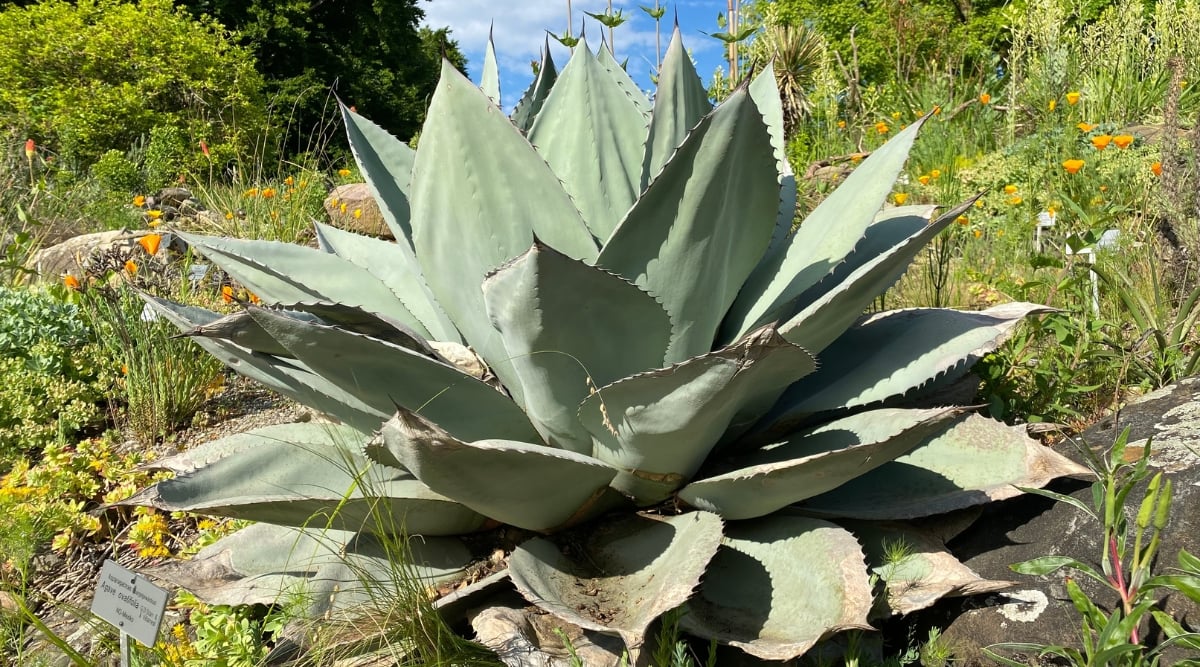

Agave ovatifolia could possibly be usually referred to as whale’s tongue agave. The leaves are broad, cup-shaped, and vary in shade from grey to powdery blue, similar to a whale’s tongue! The leaves are lined with enamel alongside the margins and a tall terminal backbone.
Whale tongue agave could be grown in USDA rising zones 7-11 and stand up to temperatures as little as 10 ranges Fahrenheit (-21 ranges Celsius). It requires full picture voltaic to thrive. Its mature dimension is three to 4 toes tall and 4 to 6 toes broad.
Cabbage Head


Agave parrasana, or cabbage head agave, resembles a head of cabbage, as its title would counsel. This award-winning agave is slow-growing and sorts a densely packed rosette of overlapping blue-gray leaves. It’s a winner of the Award of Yard Revenue given by the Royal Horticultural Society.
Cabbage head agave could be grown in USDA rising zones 7-11 and stand up to temperatures as little as 10 ranges Fahrenheit (-21 ranges Celsius). It requires full picture voltaic and prefers barely acidic, sandy soil. Its mature dimension is one to 2 toes tall and broad. Nonetheless, this small plant can produce a flower stalk as so much as 20 toes tall!
Queen Victoria Century Plant


Agave victoriae-reginae, moreover referred to as the ‘Queen Victoria’ century plant, is a show-stopper of agave in your exterior landscaping. We talked about its compact selection above as a terrific indoor yard addition, and the full-grown selection is simply as stunning. It has the equal darkish inexperienced leaves with vibrant white markings. Furthermore it is a winner of the Award of Yard Revenue.
This selection could be grown in USDA rising zones 7-11 and stand up to temperatures as little as 10 ranges Fahrenheit (-21 ranges Celsius). It requires full picture voltaic to provide among the many best and most beautiful leaves. Its mature dimension is one foot tall and one to 2 toes broad.
Last Ideas
Rising agaves each indoors and out can add a terrific low-maintenance issue to every your houseplant assortment or your exterior landscaping. Whereas agaves are principally equated with scorching and dry climates, there are a couple of varieties that may survive cooler temperatures. For those who occur to’re in North America, look for varieties native to your own home, as these will do most fascinating in your native local weather.
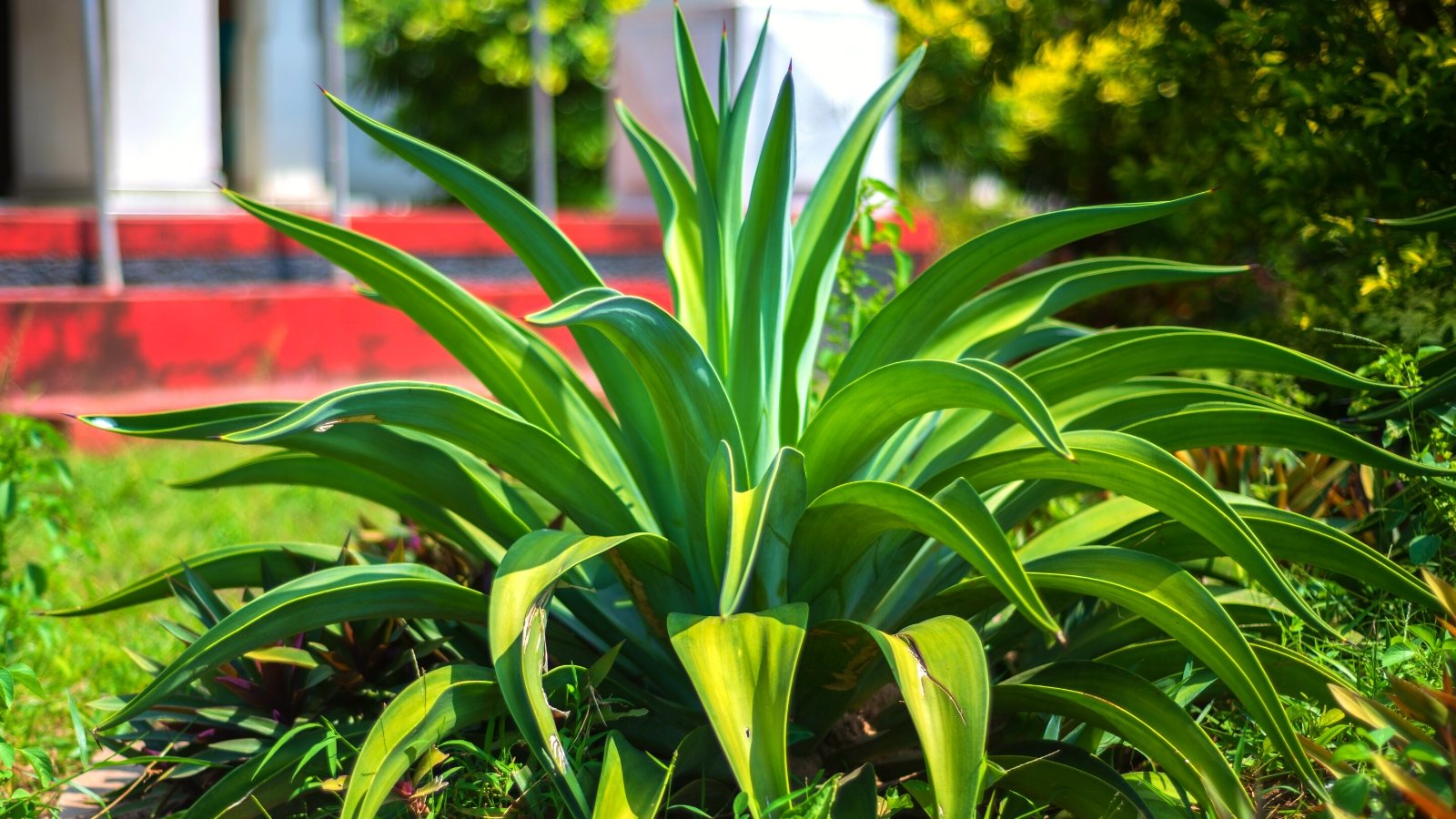


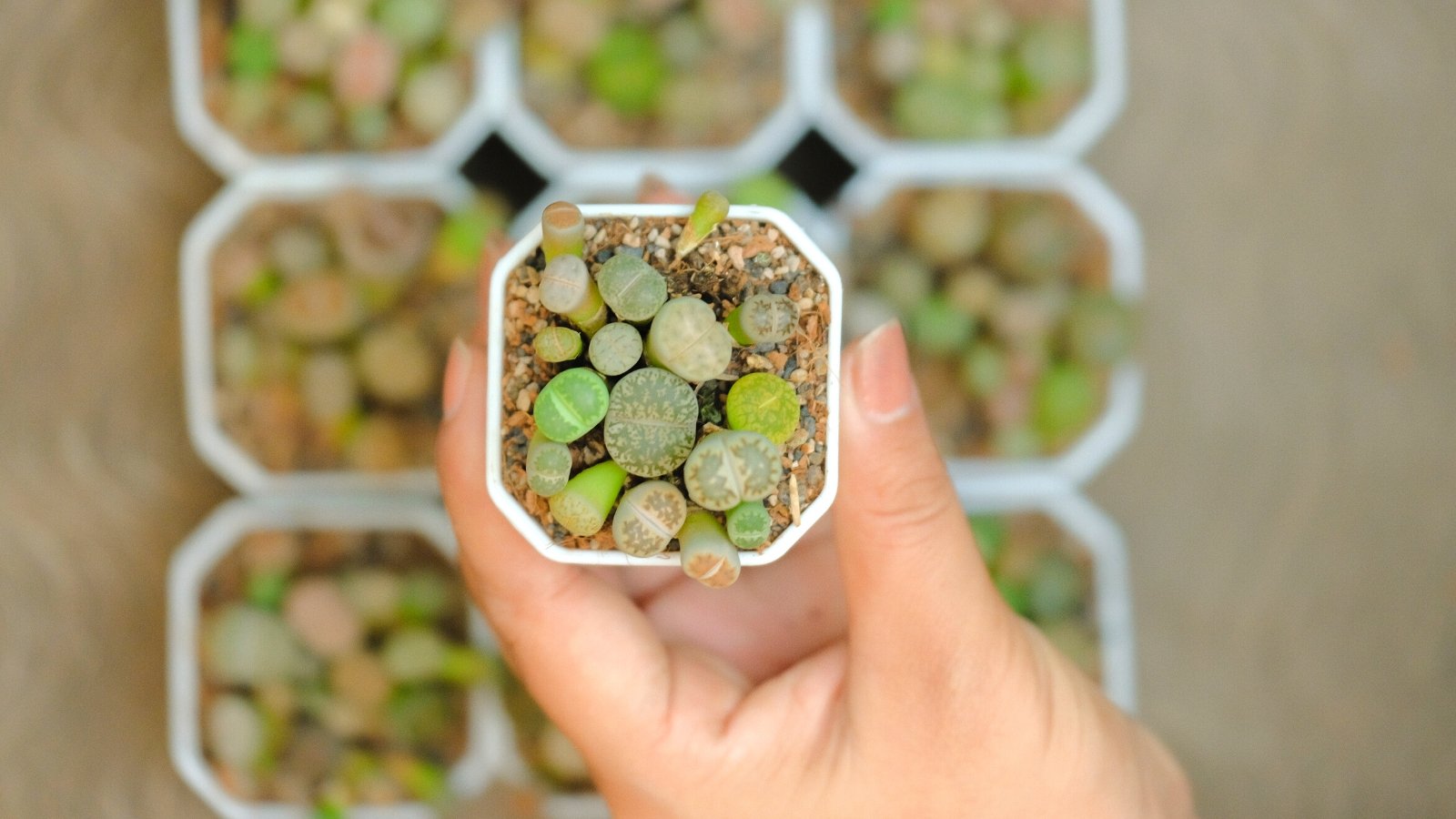
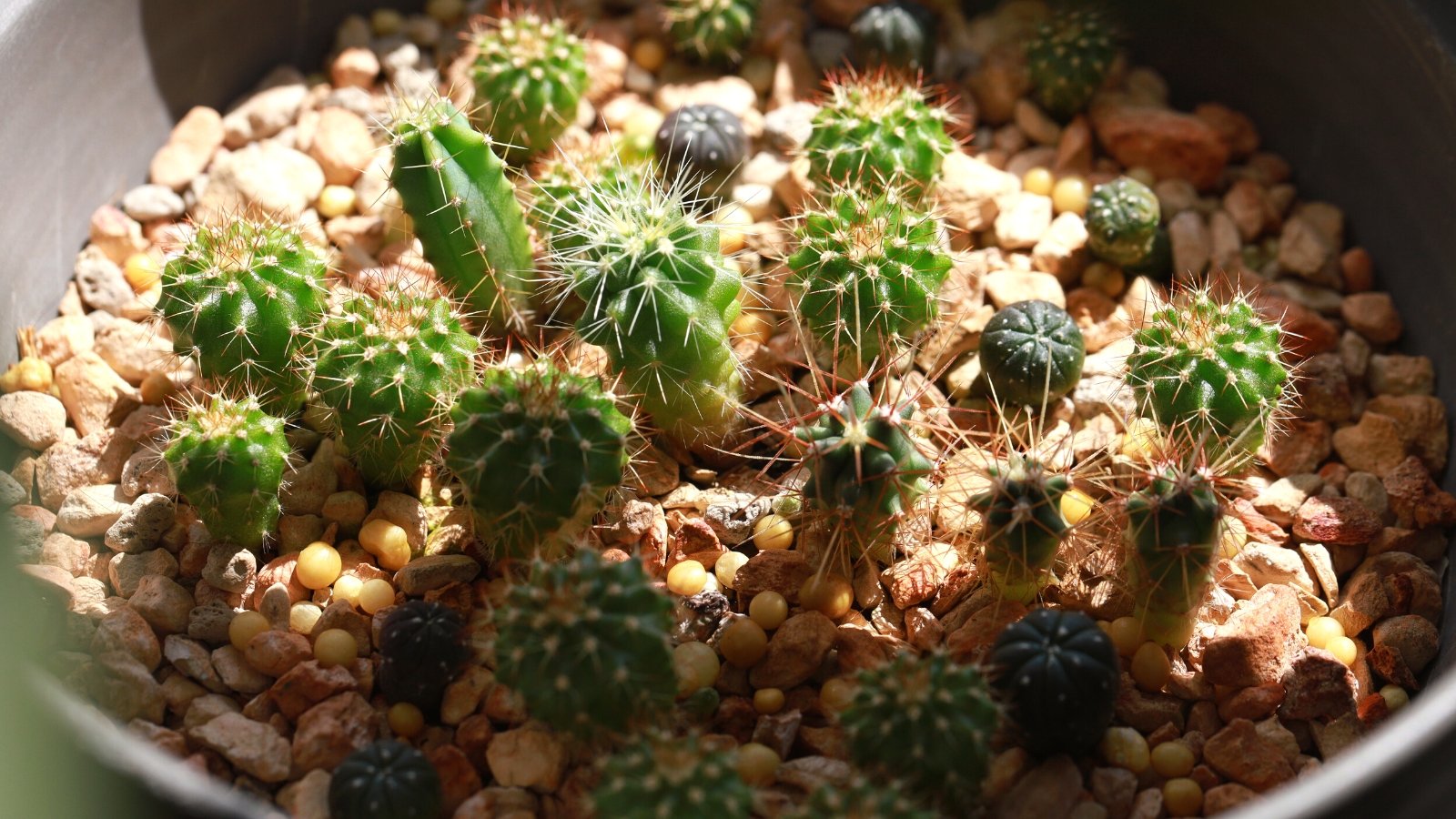
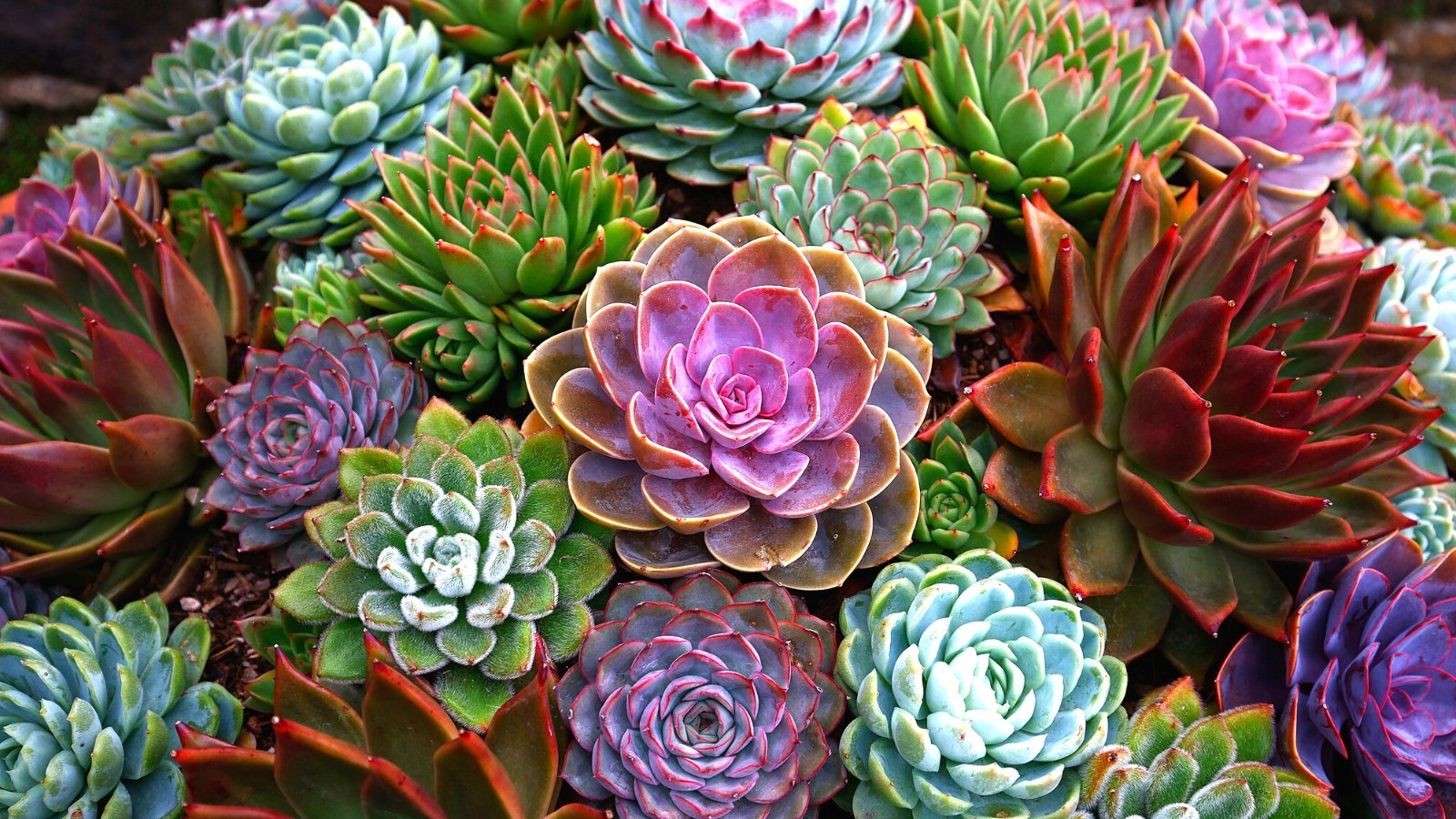
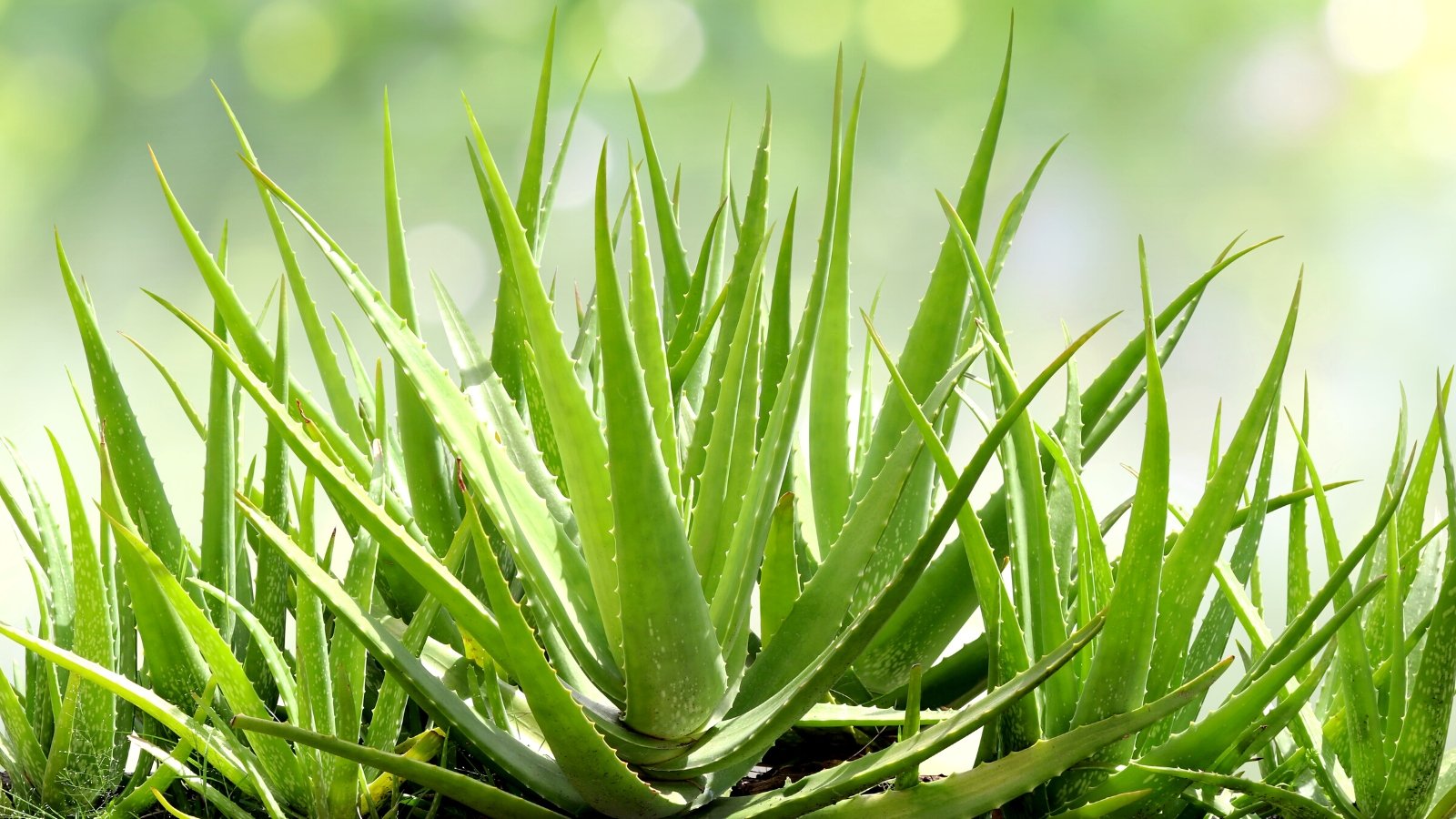
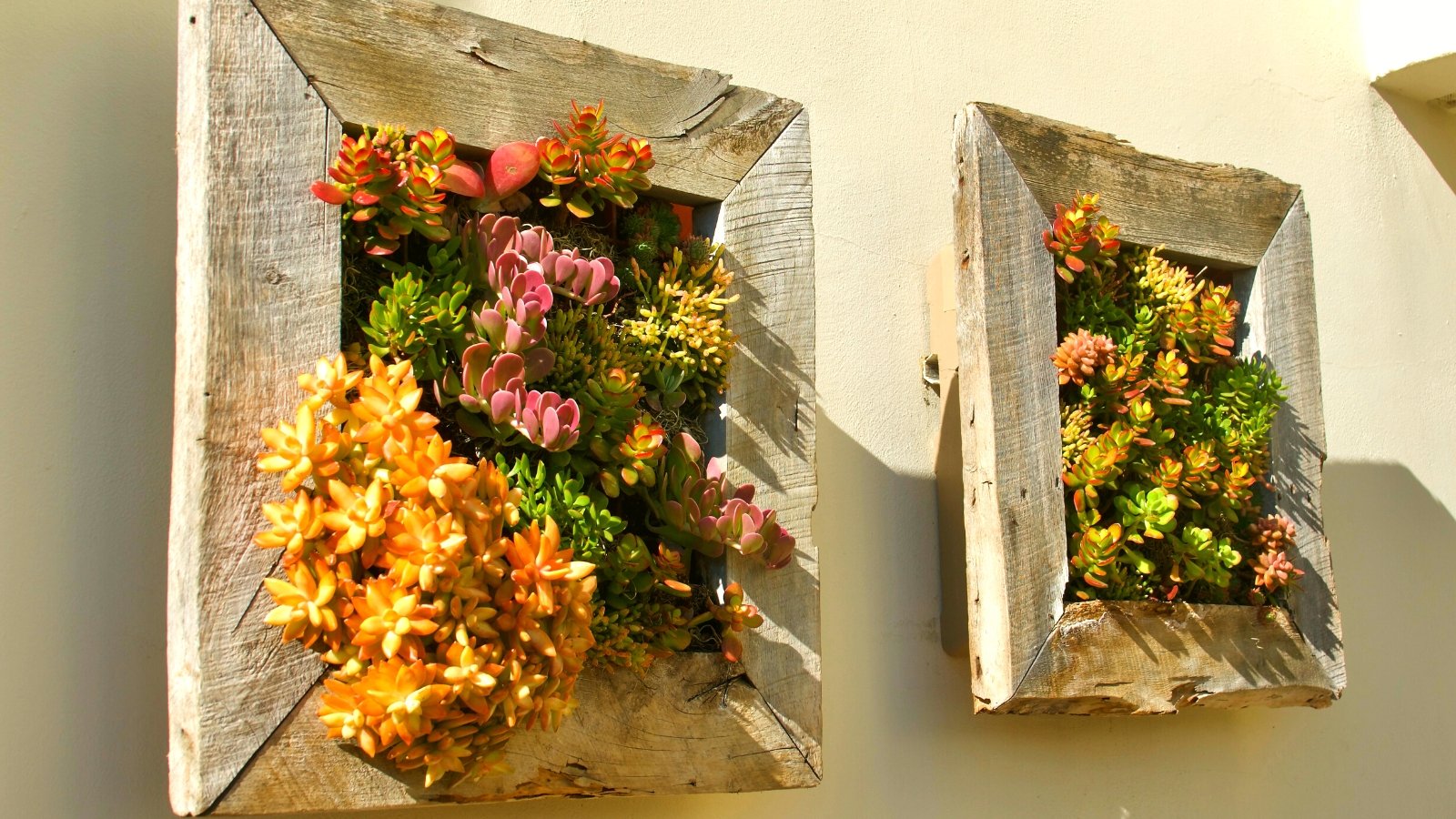
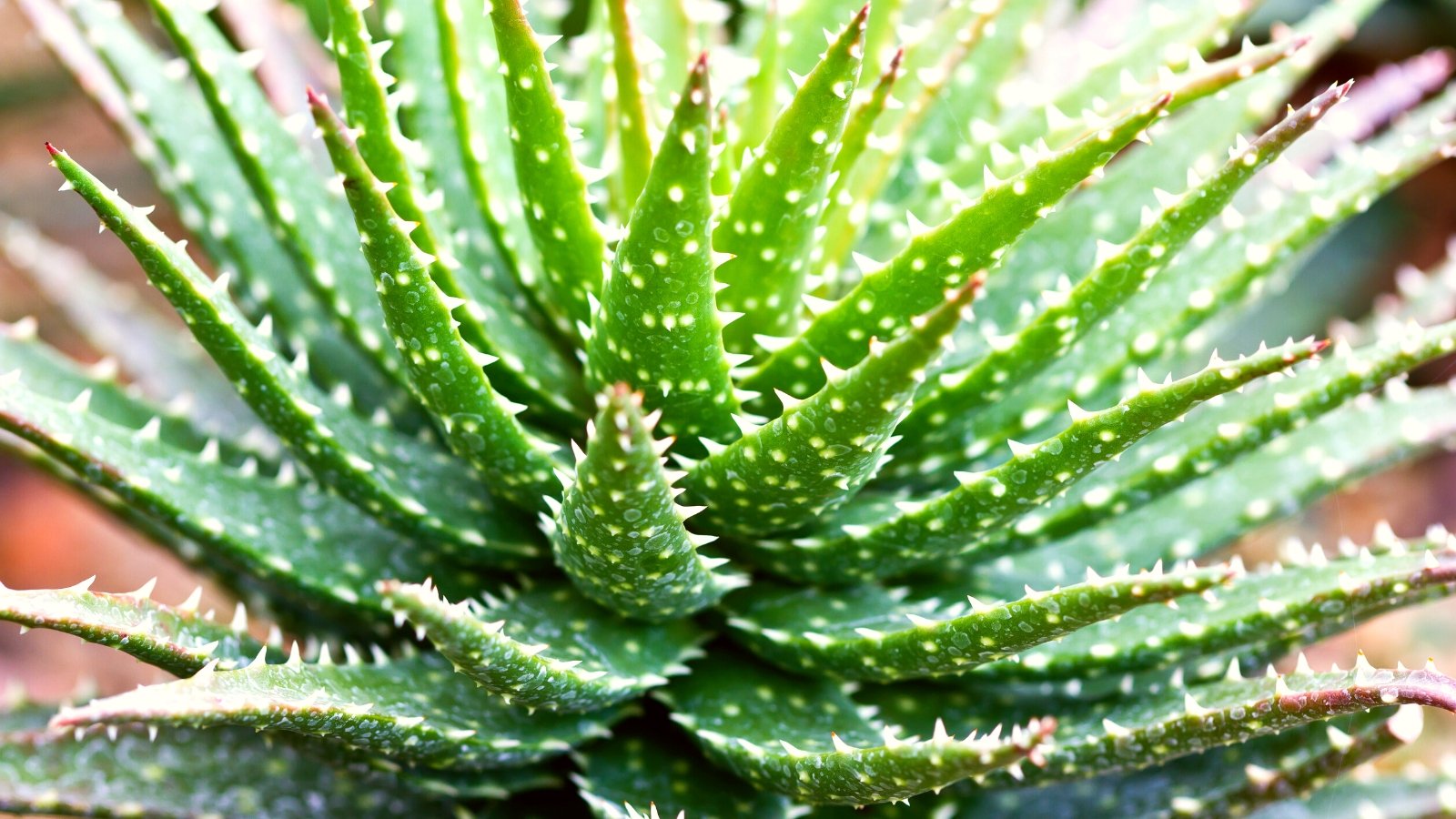
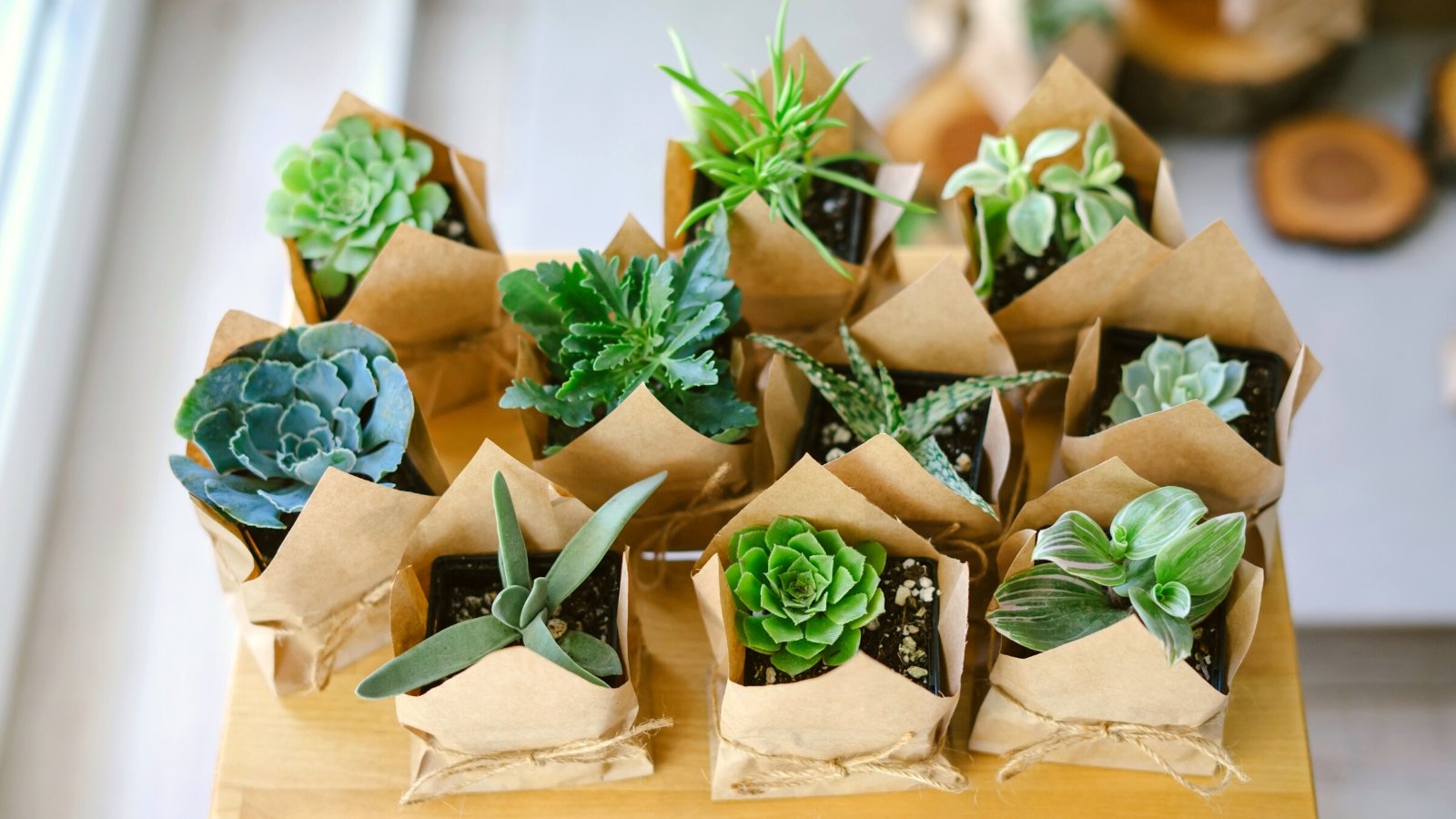
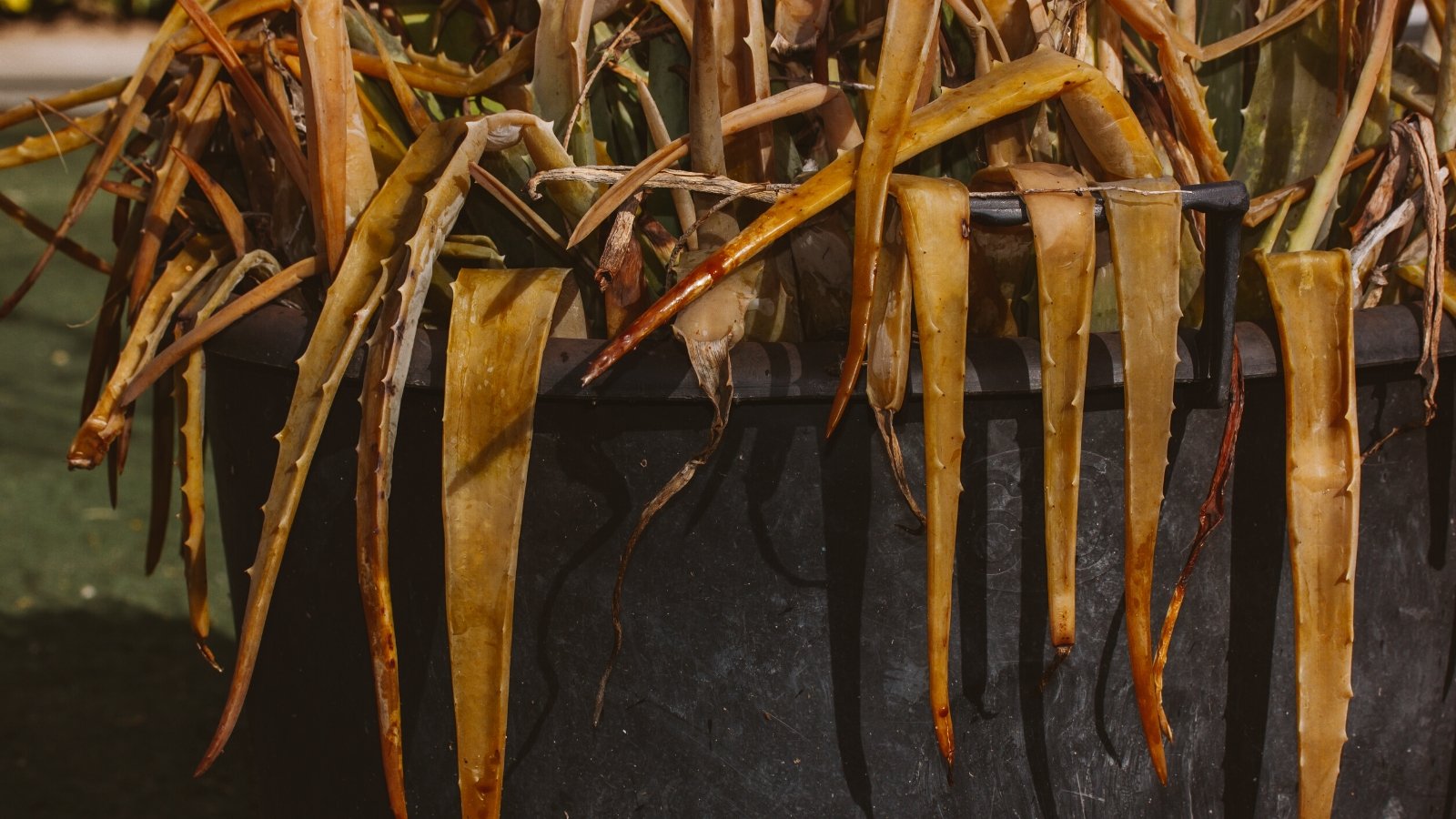
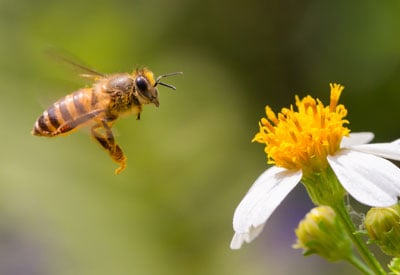
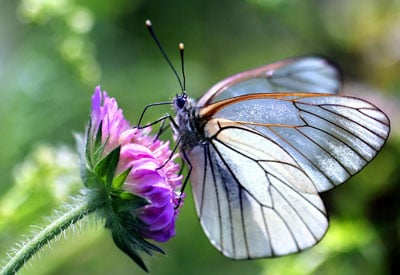
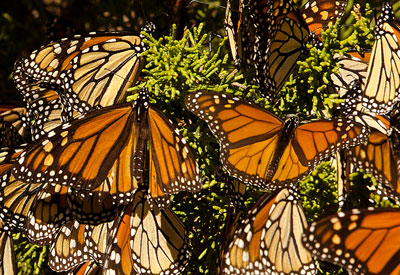
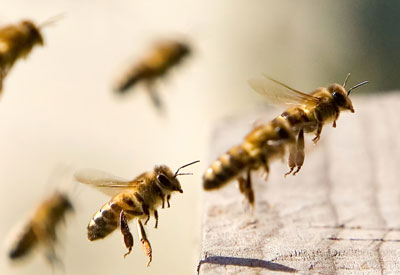
Leave a Reply